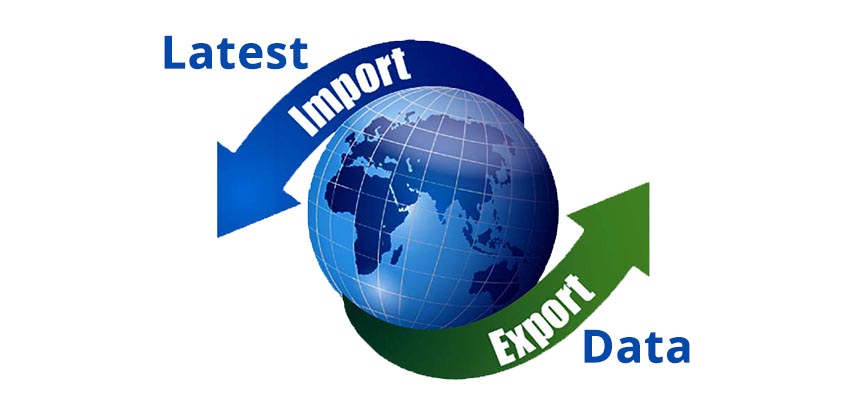With the increasing dynamism in the sophistication and tariff activities related to international trade, there is an inherent need for trade-related analysis.
The import-export data analysis plays a significant role in strategic managerial decisions as they yield critical insights into global markets.
Trade data helps businesses visualise the mechanics of goods supply chains and global demand for products and services.
It also helps understand the changing dynamics in the goods trade across countries. Let us look at some crucial parameters which benefit the traders to overcome the challenges of exporting.
Supply Chain Insights
Finished goods are the results of inputs from different industries distributed across the world.
A detailed trade analysis helps determine how unfinished goods, i.e., raw materials and inputs flow across nations and identify those regions which supply the maxima of production.
In addition, trade analysis based on data intelligence helps in knowing the value addition by different products.
Many trade experts claim that import-export data from different countries can be used as the input in Data Intelligence tools to generate helpful insights.
For example, one could obtain data sets of nations that are the highest exporters of a particular set of goods. These insights can further help businesses devise their future strategies for getting raw materials of better quality and at better prices.
Consumption Statistics
There may be scenarios where there are some pre-existing estimates regarding the production of certain products within a country. Here, global import-export data-based trade analysis can help estimate the local and international demand for products and services.
Data intelligence tools use a simple method to calculate the apparent consumption, i.e., by adding domestic production and imports and then subtracting exports from their sum. Also, the traders can get a clearer view regarding the benefits of exporting to a particular region based on the revenue inflow from the country.
Trend Analysis
With trade tensions on the rise, global import-export data is a potential solution to aid in examining how policies around trade can impact the global exchange of goods. It can also use previous trends to predict potential trade barriers and possible solutions to tackle them.
For example, the dynamism of production capacities of a country over time may get reflected as a change in their exports to the world. An increase in export may suggest that the country is continuously building its capabilities to produce particular goods. In contrast, a decrease can indicate that either the domestic consumption has increased or there is a decline in the production capability.
Red Flags
One of the significant challenges of exporting is the absence of a reliable threat indicator. Companies should consider several caveats while analysing the reported measures from import-export trade databases.
An important role that the same data sets can play is regarding predicting a possible threat in the near future. To aid the process, several Data Intelligence tools use those datasets as inputs and generate valuable insights, including warnings and upcoming turbulences in the global trade.
How To Use Data Smartly?
Businesses indeed think a lot about the benefits of exporting and the laurels it brings, but the process involves a workable and sustainable strategy. To aid the sustainability factor, using Data Intelligence tools to churn out maximum insights from the trade data is the best thing to do.
If we look at the current scenario, most successful trade businesses are involved with at least one Data Intelligence expert who does the smart work on their behalf. It naturally leads to the conclusion that data is an invaluable asset for successfully running a trade business, and the key lies in wielding it in the right manner!








